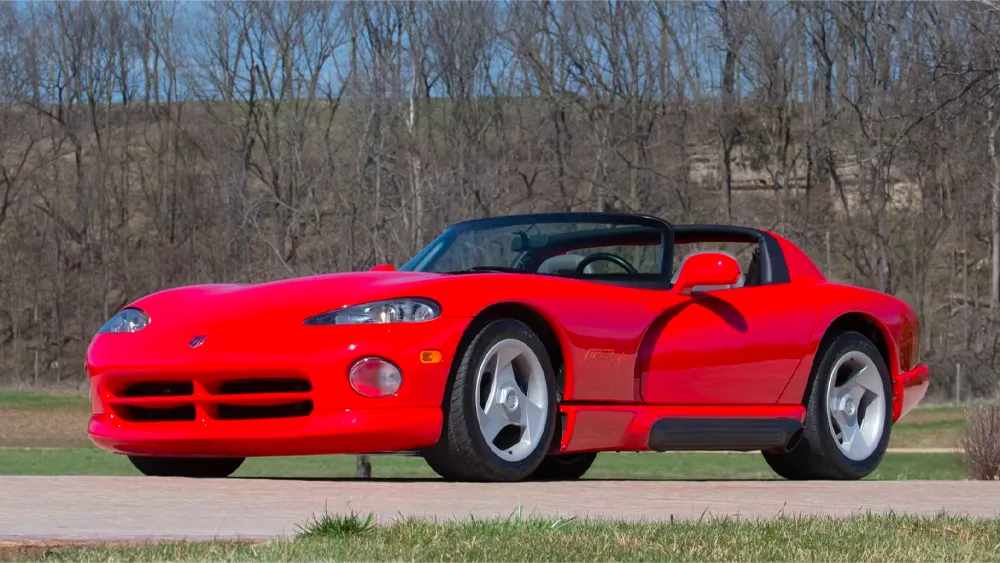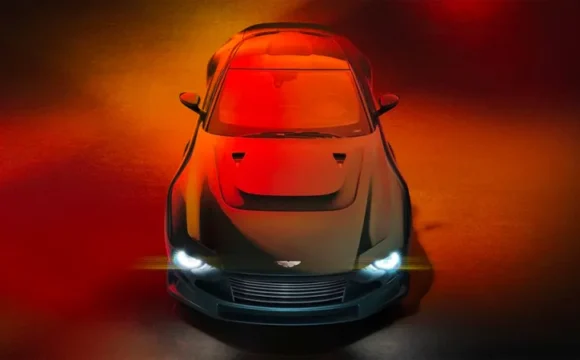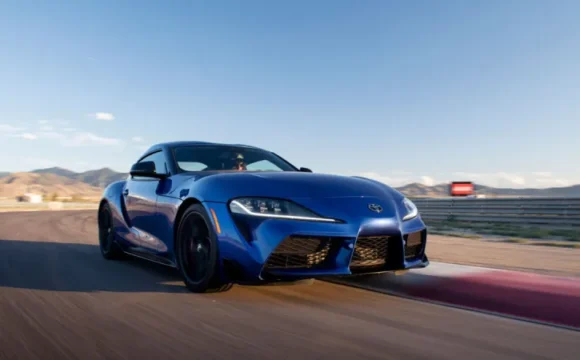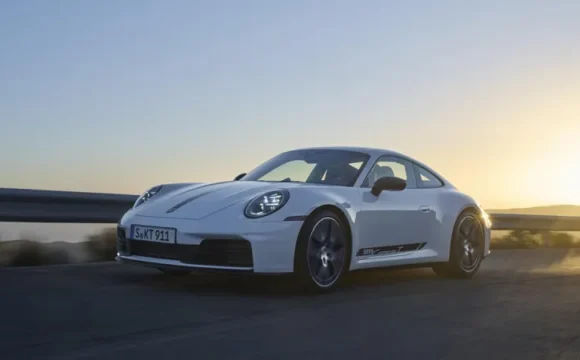Until Chrysler announced their radical Viper concept in 1989, Chevy’s Corvette reigned supreme as America’s only true sports car. The Dodge Viper changed all that. The first generation (1991-2002) grew marginally more civilized over a decade, but the first cars were essentially rag-top roadsters with no airbags, no air conditioning, and flimsy plastic side windows. The striking GTS coupé, introduced in 1996, might be considered the high point of Viper design. Second-generation Vipers, made from 2003-2010, featured “modern" touches like ABS brakes, long after other manufacturers had universally adopted them. In 2013, Dodge put the Viper under the SRT (Street and Racing Technology) division. That third generation (2013-2017) was positively refined by comparison to its predecessors, although drivers still had to stir their own 6-speed gearbox. When production ceased in 2017, about 32,000 examples had been made throughout a 26-year run.
From the article by Robert Ross, Bryan Hood, Erik Shilling








